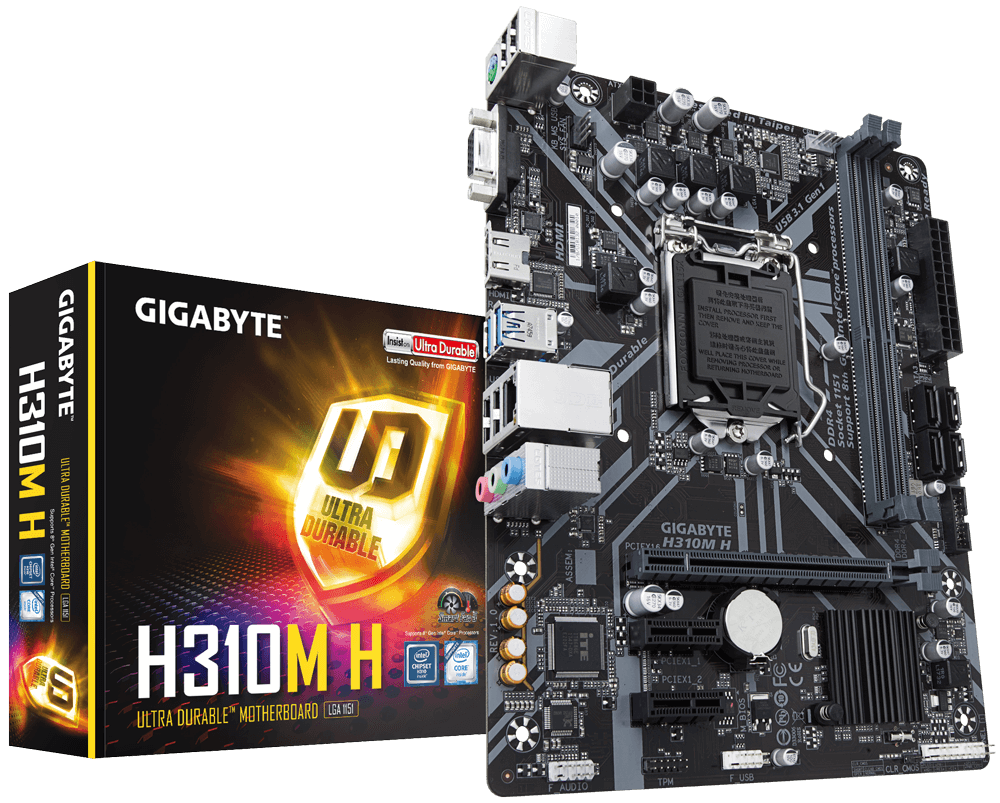Integrated graphics, commonly referred to as an integrated GPU(iGPU), are a fundamental component of many laptops and some desktop computers. While integrated graphics serve their purpose in everyday computing tasks and conserve power, there are situations where disabling them becomes essential. In this comprehensive guide, we’ll explore the reasons for disabling integrated graphics, various methods to do so and the potential benefits and drawbacks of this action.
Understanding Integrated Graphics
Before we dive into how to disable integrated graphics, it’s crucial to understand their role. Integrated graphics are built directly into the computer’s central processing unit(CPU) or chipset. They share system resources, including memory, with the CPU. While integrated graphics are energy-efficient and cost-effective, they may not offer the performance required for demanding tasks like gaming, video editing, or 3D modeling.
Why Disable Integrated Graphics?
There are several reasons to consider disabling integrated graphics:
Performance Improvement: Integrated graphics are generally less powerful than dedicated graphics cards. Disabling them allows your computer to allocate more resources to the dedicated GPU, enhancing overall graphics performance, especially in graphics-intensive applications and games.
Compatibility: Integrated graphics may not be compatible with specific software or applications that demand a dedicated GPU. Disabling integrated graphics ensures that your computer relies solely on the dedicated GPU for such tasks.
Troubleshooting: If you encounter graphics-related issues like screen flickering, artifacts, or crashes, disabling integrated graphics can help identify whether these problems stem from the integrated GPU or the dedicated graphics card.
Methods to Disable Integrated Graphics
There are multiple methods to disable integrated graphics, depending on your computer’s configuration. Here are some common approaches:
BIOS Settings:
Disabling integrated graphics through the computer’s BIOS(Basic Input/Output System) is one of the most effective methods. This approach ensures that the operating system doesn’t even detect the presence of integrated graphics. Here’s how to do it:
- Turn on your PC and repeatedly press the BIOS key during startup(commonly Delete or a function key).
- Navigate through the BIOS settings to find options like “Integrated Graphics”, “iGPU”, “Graphics Device” or “Onboard Graphics”.
- Disable the integrated graphics from within the BIOS settings.
Note: When disabling integrated graphics, ensure you have an alternative graphics solution, such as a dedicated graphics card, as your system will not display without one.
On Desktop PCs: If your monitor is connected directly to a dedicated graphics card, enabling or disabling integrated graphics won’t impact the system.
On Laptops: Disabling integrated graphics can affect battery life. With hybrid support enabled, the OS switches between the iGPU and the dedicated GPU, conserving power. If you disable hybrid support, the OS exclusively uses the dedicated GPU, consuming more power and draining the battery faster. It’s generally advisable to leave hybrid mode enabled on laptops for better power efficiency.
Companion Applications:
Some laptops feature a Multiplexer(Mux) Switch and companion applications for GPU control. Here’s how to use these applications to set the system to use the discrete graphics card:
- For MSI laptops, use the Dragon Center application.
- Acer laptops can use Nitro Sense or Predator Sense.
- ASUS laptops can use Armoury Crate.
Follow the respective instructions for your laptop’s companion application to set the system to use the discrete graphics card.
Device Manager:
You can also disable the integrated GPU via Device Manager:
- Press Windows + X and select Device Manager.
- Double-click on your integrated graphics driver.
- In the Driver tab, select “Disable Device”.
- Confirm by clicking “Yes”.
On laptops, disabling the iGPU causes the OS to switch to Microsoft’s Basic Display Driver, leading to screen flickering. While the basic display adapter works, your Windows experience may not be as smooth.
Changing Graphics Preference
To specify which GPU an application should use:
- Press Windows + I to open Settings.
- Navigate to System > Display > Graphics.
- Scroll down and select the application of your choice.
- Click “Options”.
- Check “High Performance” and click “Save”.
Now, the selected application will utilize the highest-performing GPU. This feature is particularly useful for laptop users to optimize graphics performance for specific applications.
Benefits of Disabling Integrated Graphics
Disabling integrated graphics can lead to several benefits:
Enhanced Performance: By exclusively using the dedicated GPU, your computer can deliver improved graphics performance, particularly in demanding applications and games.
Compatibility: Some software and games may not function correctly with integrated graphics. Disabling them ensures compatibility with a dedicated GPU.
Troubleshooting: If you encounter graphics-related issues, disabling integrated graphics can help pinpoint the source of the problem.
Drawbacks and Considerations
While disabling integrated graphics can be advantageous, there are some drawbacks and considerations to keep in mind:
Battery Life: On laptops, disabling integrated graphics may reduce battery life as the system continuously uses the dedicated GPU. Consider your usage patterns and power needs before making this choice.
Desktop PCs: On desktops, disabling integrated graphics isn’t always necessary, especially if your monitor is connected directly to a dedicated graphics card.
Compatibility Issues: Some applications may not perform optimally with a dedicated GPU, so it’s essential to monitor application-specific settings.
Conclusion
Disabling integrated graphics can be a beneficial step for users seeking improved graphics performance or compatibility with specific software. However, it’s crucial to carefully consider your system’s configuration, usage patterns and power needs before making this change. When done correctly, disabling integrated graphics can help you optimize your PC for tasks that demand higher graphics performance, providing a smoother and more enjoyable computing experience.
Experiencing difficulties with your Device, check out our “How To” page on how to resolve some of these issues.






